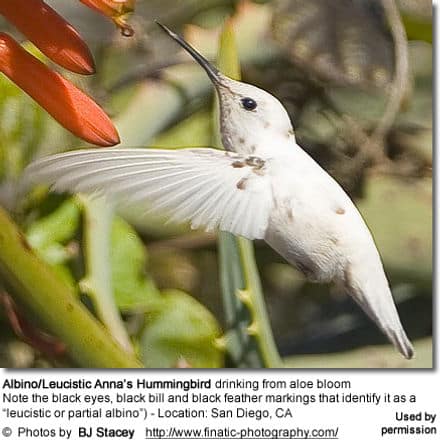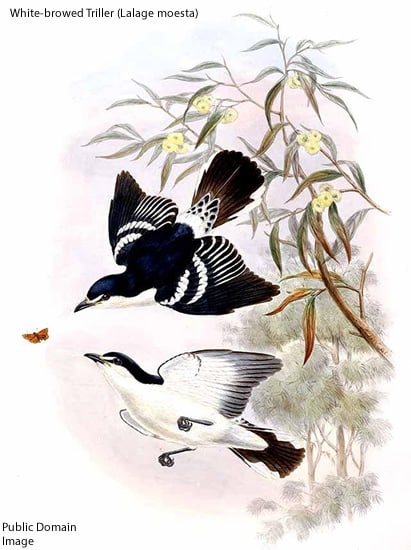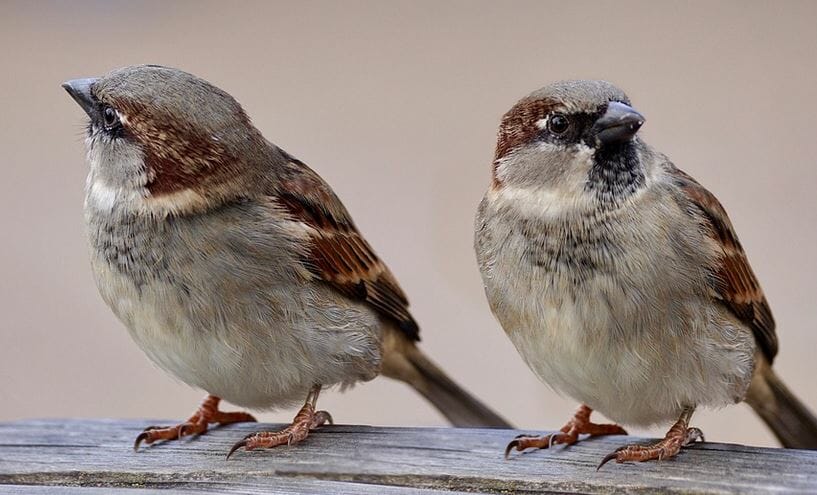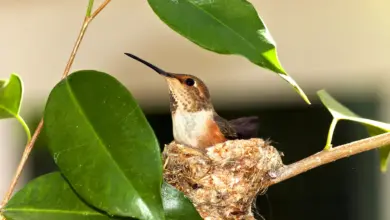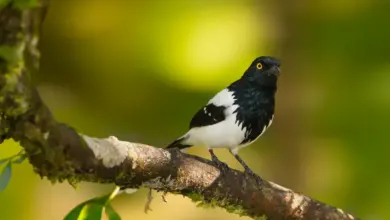Anna’s Hummingbirds: Diet / Feeding
Anna’s Hummingbirds: Diet / Feeding
The Anna’s Hummingbirds primarily feed on nectar taken from various brightly colored, scented small flowers of trees, herbs, shrubs and epiphytes. They particularly like the Red or Fuchsia Flowered Gooseberry (Ribes speciosum), Eucalyptus, Red-Hot-Poker (Tritoma), Lantana, the Hummingbird sage (Salvia spathacea), California fuchsia (Zauschneria californica), and the Desert Willow (Chilopsis linearis).
They use their long, extendible, straw-like tongues to retrieve the nectar while hovering with their tails cocked upward as they are licking at the nectar up to 13 times per second. Sometimes they may be seen hanging on the flower while feeding. Many native plants on whose flowers they feed heavily rely on hummingbirds for pollination. As hummingbirds thrust their long bills deep into the flowers for nectar their faces are dusted in pollen, which they then carry to the stigma of a nearby similar plant.
Outside the flowering season (during the winters), these hummingbirds may drink the sap from holes created by sapsuckers, as a substitute for nectar. They may also visit local hummingbird feeders to retrieve some sugar water. They drink out of bird baths or water fountains where they will either hover and sip water as it runs over the edge; or they will perch on the edge and drink – like all the other birds; however, they only remain still for a short moment.
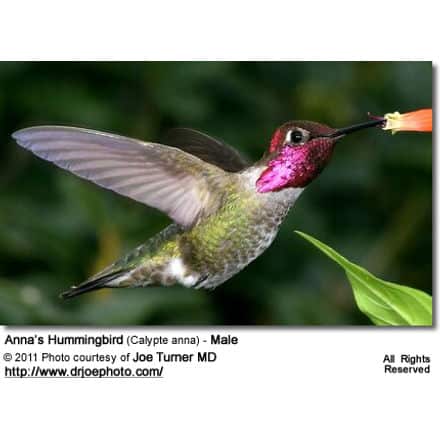
They also take some small spiders and insects – important sources of protein particularly needed during the breeding season to ensure the proper development of their young. In fact, the Anna’s Hummingbirds consume more insects than any other North American hummingbird.Insects are often caught in flight (hawking); snatched off leaves or branches, or are taken from spider webs. A nesting female can capture up to 2,000 insects a day.
Males establish feeding territories, where they aggressively chase away other males as well as large insects – such as bumblebees and hawk moths – that want to feed in their territory. They use aerial flights and intimidating displays to defend their territories.
A PBS documentary aired first January 10, 2010 showed how Anna’s Hummingbirds aim for flying insects, then open their beaks very wide to catch them. That technique has shown more successful than trying to aim the end of a long beak at the insect.
Hummingbird Information
